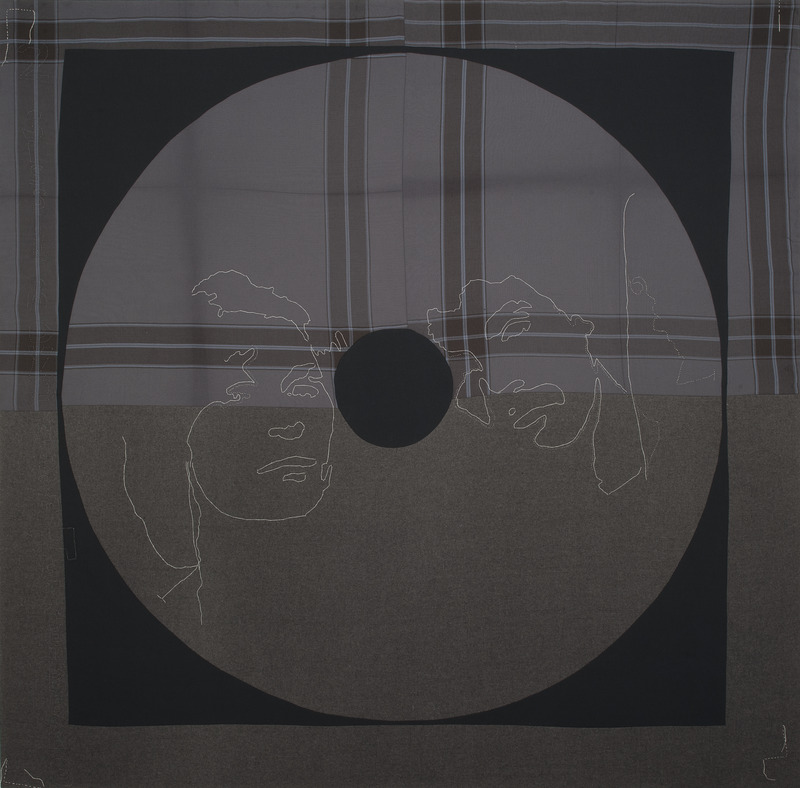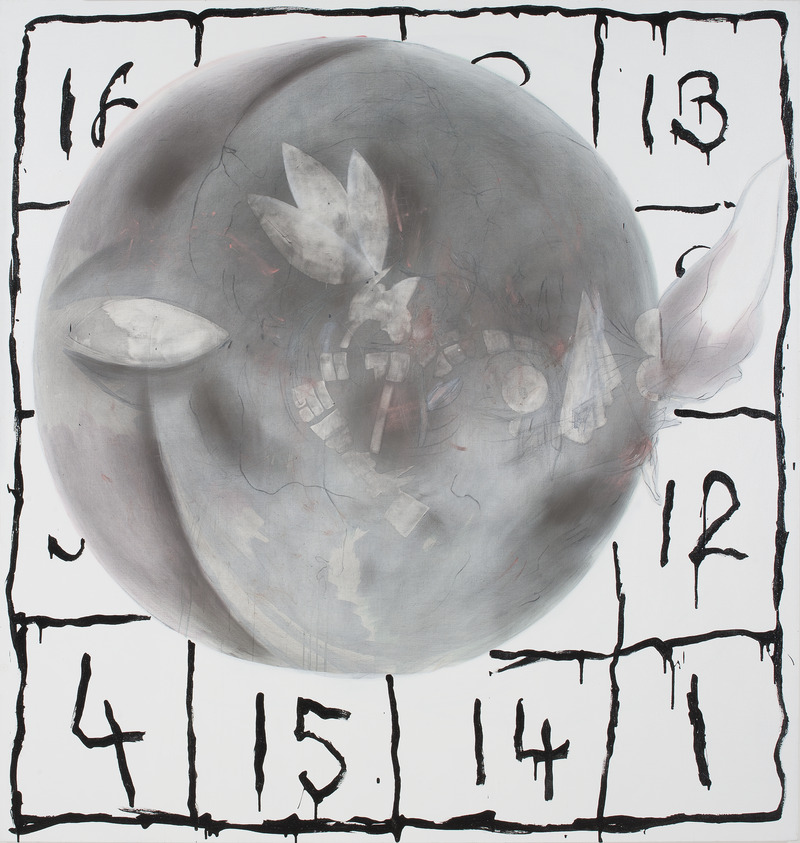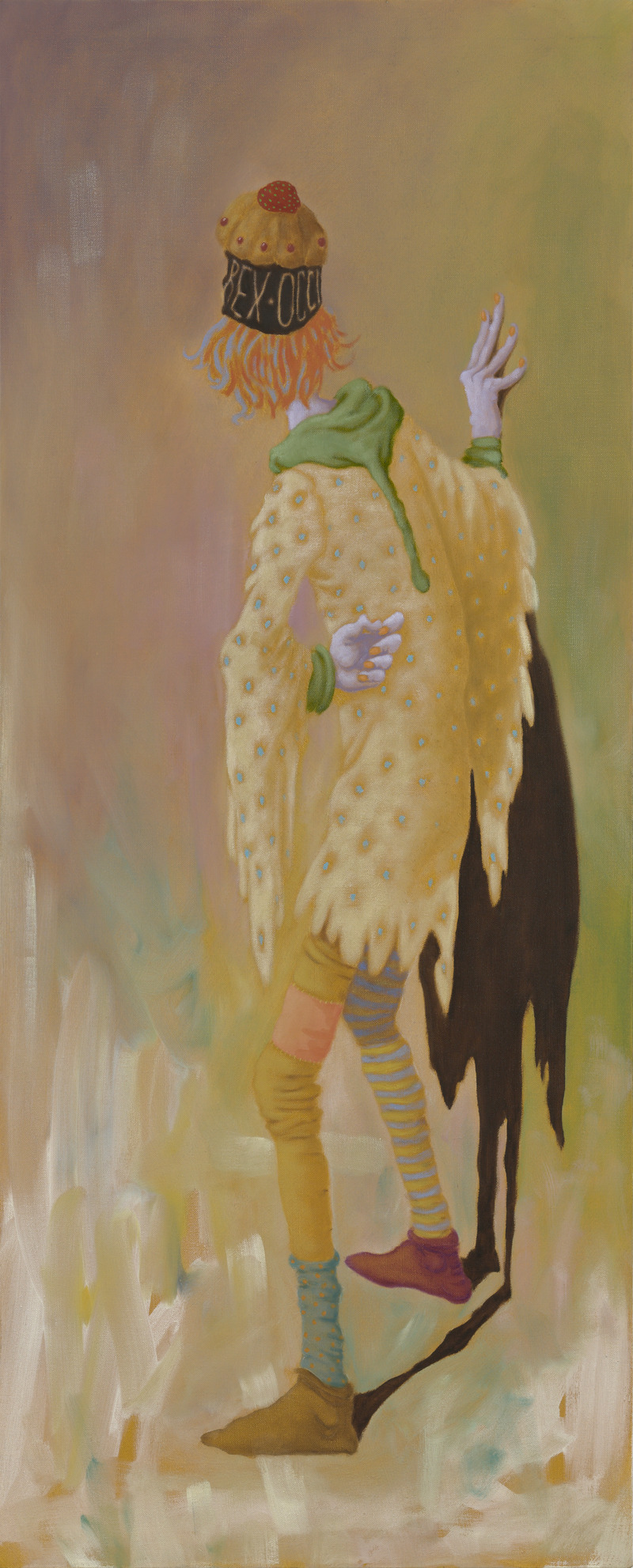Precarious Worlds: Contemporary Art from Germany
Barney A. Ebsworth Gallery
The world today feels increasingly globalized and interconnected, yet also ever more precarious, as old certainties—historical, ideological, and material—give way to pervasive threats of climate change, economic collapse, war, and terrorism. In Germany, these worldwide concerns are compounded by a complicated history, including the Cold War and the fall of the Berlin Wall that unleashed decades of political and social transformations, inciting unprecedented mobility, migration, and hybridization between cultures, groups, and individuals. Exploring thematic connections between some of Germany’s most influential contemporary artists, Precarious Worlds: Contemporary Art from Germany showcases a group of important new large-scale acquisitions made possible by a very generous gift from the David Woods Kemper Memorial Foundation.
The artworks—by artists such as Franz Ackermann, Thomas Demand, Sergey Jensen, and Corinne Wasmuht—investigate issues relating to digitization, material instability, and the individual’s attachment to, and detachment from, historical notions of place. Also on view will be significant pieces, already in the Museum collection, by Michel Majerus, Manfred Pernice, and Wolfgang Tillmans, as well as a large-scale installation, on loan, by Hans-Peter Feldmann.
Some of the artists in this exhibition give form to conditions of instability and fragility without reference to particular contemporary or historical moments. Sergej Jensen, for example, creates precarious and fragile textile objects by sewing together and staining found pieces of fabric. By contrast, Franz Ackermann thematizes the tourist and urban wanderer as specifically central to contemporary culture, concurrently dwelling on both attachment and detachment to place as part of a geographically shifting world. Photography too plays an important role in these works. Both Thomas Demand and Wolfgang Tillmans create large-scale works deliberately devoid of an original, causing sensations of unease. By emphasizing an absent original and divorcing the photograph from its indexical referent—a certain moment or event in time—both artists illuminate through inventive uses of the medium of photography memory and history as fictional, instable, or even inaccessible. Another theme that emerges in this exhibition involves the blurring of boundaries between visibility and invisibility within a single image. Corinne Wasmuht and Michel Majerus, for example, have paradoxically responded to the flickering effects of digitization with large-scale paintings. Wasmuht’s Llangancuo Falls (2008) and Michel Majerus’s mm6 (2001) both deny perspectival orientation to demonstrate that we cannot, despite digital technologies, see everything at once.
The use of ephemeral materials; a sense of history and memory as fluid and instable and of “real things” as absent; the effects of increased mobility on mental states that have become transitory; and visualizations that destabilize seeing—these characterize the means by which these large-scale artworks respond to conditions of precariousness.
Support for Precarious Worlds: Contemporary Art from Germany is generously provided by James M. Kemper, Jr., the David Woods Kemper Memorial Foundation, and the William T. Kemper Foundation. Curated by William T. Kemper Director and Chief Curator Sabine Eckmann, the exhibition will remain on view through January 9, 2012.
Selected works

Cosima von Bonin
ROCKSTARS (CHARACTER APPROPRIATION) (ROLLENANEIGNUNG)
2003
Sergej Jensen
Untitled
2010
Franz Ackermann
Untitled (yet)
2008–9
Charline von Heyl
Melencolia
2008
Wolfgang Tillmans
Silver 71
2008
Wolfgang Tillmans
Wald (Briol II) (Forest [Briol II])
2008
Thomas Demand
Shed
2006
Michel Majerus
mm6
2001
Corinne Wasmuht
Llanganuco Falls
2008
Manfred Pernice
Foundation, Fundament '09
2009
Isa Genzken
Little Crazy Column
2002
Isa Genzken
Bill II
2001
Uwe Henneken
King of the Wild Frontier
2009Support
Support for Precarious Worlds: Contemporary Art from Germany is generously provided by James M. Kemper, Jr., the David Woods Kemper Memorial Foundation, and the William T. Kemper Foundation. Curated by William T. Kemper Director and Chief Curator Sabine Eckmann, the exhibition will remain on view through January 9, 2012.